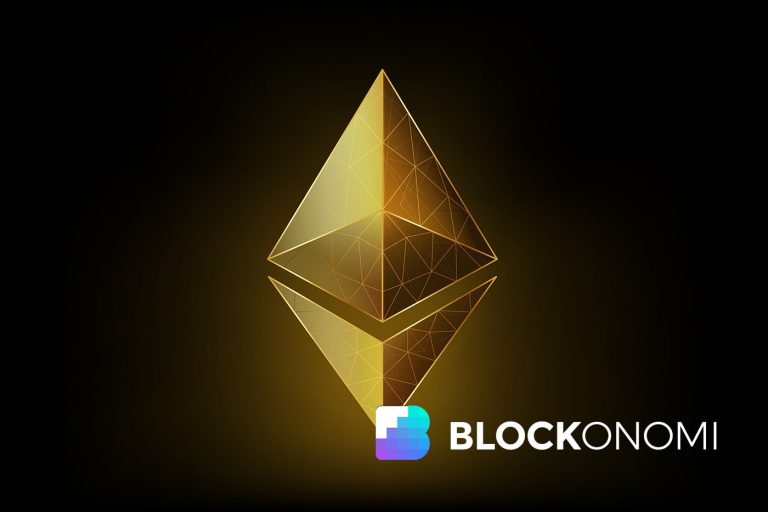
“
Stargazing and Storytelling: How Imagination Elevates Us Beyond the Stars
Stargazing and storytelling have been an integral part of human culture for centuries. From the ancient myths of constellations to modern-day science fiction, our imagination has always been drawn to the vast expanse of the universe. In this article, we’ll explore the fascinating connection between stargazing and storytelling, and how our imagination can take us on a journey beyond the stars.
The Power of Imagination
Imagination is the driving force behind human creativity and innovation. It allows us to dream big, to envision possibilities, and to create new worlds. When we gaze up at the stars, our imagination takes over, and we start to see patterns, shapes, and stories in the constellations. This is because our brains are wired to recognize patterns, and the stars provide a perfect canvas for our imagination to run wild. For more on this topic, check out Soaring Through the Cosmos: The Power of Imagination Beyond the Stars.
Storytelling is another fundamental aspect of human culture. It allows us to share our experiences, to pass on knowledge, and to connect with others on a deeper level. When we combine stargazing with storytelling, we create a powerful synergy that can transport us to other worlds, to other civilizations, and to other dimensions.
The Ancient Connection
The ancient Greeks were known for their love of stargazing and storytelling. They created elaborate myths to explain the movements of the stars and the constellations. The stories of Orion, Cassiopeia, and Andromeda are still widely recognized today, and they continue to inspire new generations of stargazers and storytellers. For a deeper exploration of imagination in the context of the night sky, read Galaxies of Dreams: How Imagination Transcends the Night Sky.
In many ancient cultures, stargazing was not just a hobby, but a way of life. The movements of the stars were used to predict the weather, to plan agricultural cycles, and to navigate the seas. The stories that were created around these observations were often rooted in mythology and spirituality, and they helped to explain the mysteries of the universe.
Modern-Day Connections
Today, stargazing and storytelling continue to inspire new generations of scientists, writers, and artists. The discovery of exoplanets, black holes, and dark matter has opened up new avenues for scientific exploration and speculation. The stories that are being created around these discoveries are often rooted in science fiction, and they help to inspire new technologies and innovations. If you’re interested in how imagination shapes our understanding of the universe, check out Beyond the Milky Way: Imagining New Worlds and Possibilities.
The connection between stargazing and storytelling is not just limited to science fiction. Many modern-day writers, poets, and musicians draw inspiration from the stars and the universe. The poetry of Rupi Kaur, the music of Pink Floyd, and the novels of Carl Sagan are just a few examples of how stargazing and storytelling can come together to create something beautiful and meaningful.
Conclusion and Takeaways
In conclusion, stargazing and storytelling are two fundamental aspects of human culture that have been connected for centuries. Our imagination has the power to take us on a journey beyond the stars, to other worlds, to other civilizations, and to other dimensions. By embracing this connection, we can inspire new generations of scientists, writers, and artists to explore the universe and to create new stories and myths.
Some key takeaways from this article include:
- The power of imagination is the driving force behind human creativity and innovation.
- Stargazing and storytelling have been connected for centuries, and this connection continues to inspire new generations of scientists, writers, and artists.
- The ancient Greeks created elaborate myths to explain the movements of the stars and the constellations, and these stories continue to inspire us today.
- Modern-day science fiction and speculation are rooted in the discoveries of exoplanets, black holes, and dark matter, and they help to inspire new technologies and innovations.




